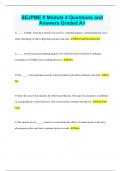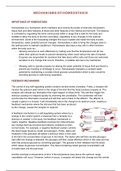Resume
Summary: History of Japan before 1868 (F0TC9A)
This summary is based on the content Gide given by the prof in Toledo. In the summary I used that base and linked everything a bit to present it as structured as possible. The original document is supplemented with notes from the lesson and information from the presentations and the books. There ar...
[Montrer plus]













